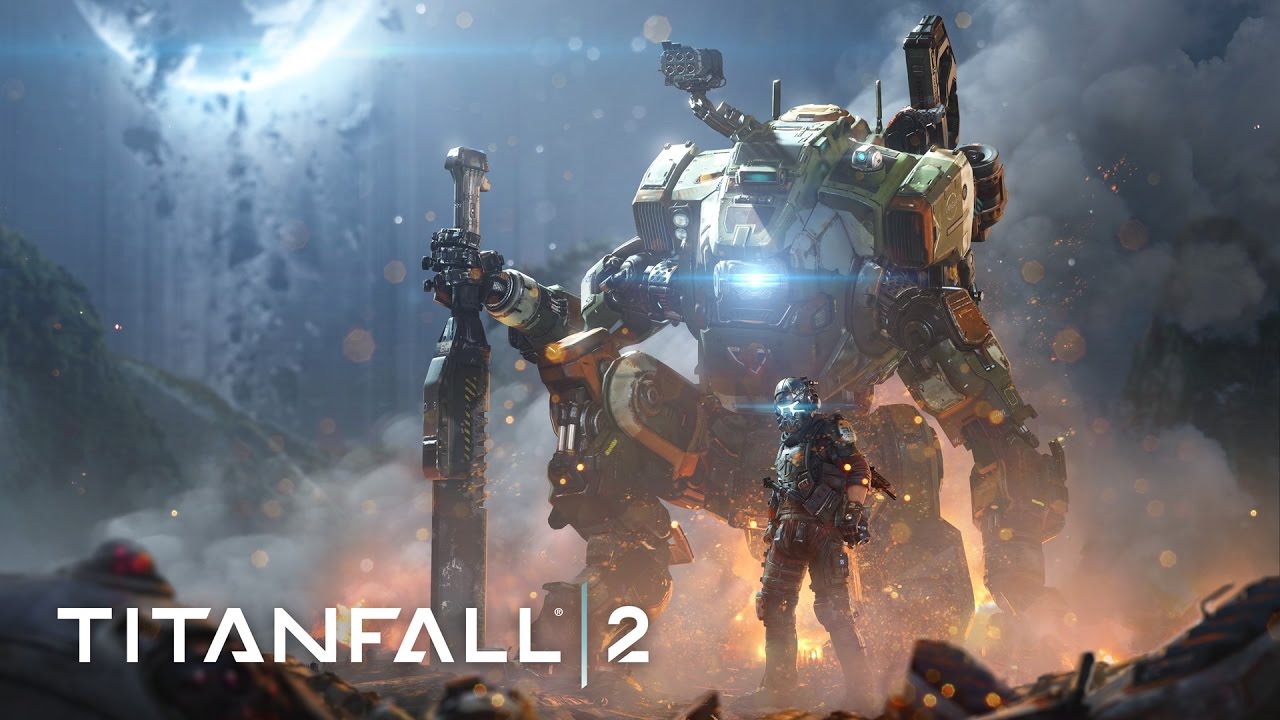No matter how you slice it, EA screwed up scheduling their games for the holidays. Titanfall 2, one of the best games of the year, got completely buried by their own much more anticipated title, Battlefield 1, which was released only a week before. It was a completely unforced error, and one that has had a crippling effect on Titanfall 2’s sales. Despite EA’s claims that the two first-person-shooters were targeted to completely different audiences, the fact remains that they shot themselves in the foot by pitting two great games against each other.
And make no mistake, both Titanfall 2 and Battlefield 1 are great games. Both did justice to their multiplayer legacies, improving upon their predecessors with new tools and expanded custimization. Titanfall 2 rethought central game mechanics, such as the purpose of the “rodeo” technique, making for an even stronger iteration of the same terrifically frantic action found in the first title. Meanwhile, Battlefield went back to its roots by focusing on actual historic events (World War I, in this case) and featuring a series of maps that are breathtaking in both scope and detail.
But the most surprising aspect of both games is in how successfully they managed their single-player campaigns. Both series have been known to disappoint here in the past; Battlefield 3 and 4 featured weak, linear stories that mimicked the style of the Call of Duty series, and the original Titanfall eschewed a single-player campaign altogether in exchange for a series of multiplayer “story” matches. It’s safe to say that before release, single player was not the draw for Titanfall 2 or Battlefield 1.
And yet, they both have terrific single player campaigns, in large part because of a shared design philosophy: take what makes multiplayer special, and find a way to apply that to a single-player context.
For Battlefield 1, this meant broadening the scope of the campaign. While previous Battlefield campaigns were tight and linear, the single player levels in Battlefield 1 are as sprawling as the multiplayer maps. The player is given significantly more freedom in how he or she wants moves about their environment, and as long as they’re achieving their goals, they are free to play however they’d like. Most levels allow the player to choose just how stealthy or outright combative he or she wants to be, and others let players approach goals and objectives in whatever order they deem necessary.
The more open approach also allows some of Battlefield’s trademark elements, such as destructible environments, to feature prominently. Since very few locations are absolutely necessary to progress in the campaign, you’re free to blow up whatever you’d like in a tank, or with a rocket, or with dynamite. It allows for a more dynamic and player-guided environment, making the experience all the more personal and exciting. This feature alone is a selling point in other single-player only experiences.
But finally, developer DICE’s master stroke is its decision to tell several short stories rather than one big story. Multiplayer was always free to jump around to different parts of the world, putting the player in the shoes of various countries and factions. By telling a series of short, disconnected narratives in the single player campaign, the developers are able to portray the war’s epic scope across all modes. You get to see the war from the perspective of an American, a British man, an Australian, and a Bedouin woman, fighting all over the world via plane, tank, and on-foot.
Titanfall 2’s campaign couldn’t be more different, which is suitable given its unique multiplayer experience. While Titanfall maps are still large compared to a standard FPS-shooter, scope has always been a secondary concern in the series. instead, mobility and the titan-pilot interplay drove the first game. Both titles in the series are fluid and responsive, featuring some of the most satisfying moment-to-moment gameplay that the genre has to offer.
Respawn Studios brings this philosophy to single-player by focusing on the titan-player relationship and featuring varied set-pieces and scenarios that emphasize different elements of its design philosophy. There are fairly large portions of the game which feature all platforming and no combat, or the reverse. This helps keep the game fresh, but the developers go above and beyond the call of duty (no pun intended) by working in extremely clever and innovative gameplay elements that are totally unique to the single player campaign. This adds a very satisfying element of surprise that’s unfortunately missing from many of Titanfall’s genre siblings.
Titanfall 2’s campaign is also heightened by its stellar pacing. Respawn seems to know exactly how long each twist on the gameplay will be effective, allowing their gameplay loops and individual segments to play out enough to justify their inclusion, but never letting them drag on to the point where the player gets bored. It’s the most expertly paced game I’ve played since Uncharted 2. In fact, if the campaign has received any notable criticism, it’s that some of its “surprise” features are so cool and unique that they could, and perhaps should, be the focus of an whole game. Personally, I think that the fact that the developers came up with such ideas and still challenged themselves to keep creating is a testament to their creativity and their commitment to creating a wholly memorable experience.
Of course, all of this work is for naught if nobody plays it. It’s an absolute shame that the success of one of these games is coming at the expense of the other. It’s so easy for a game release to get buried under the avalanche of holiday-season releases, and incredibly hard to dig one out after everything has calmed down. So, play Battlefield 1. It’s fantastic. But don’t forget about the equally-great Titanfall 2. The future of the series depends on it.
